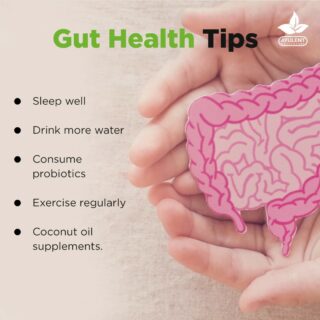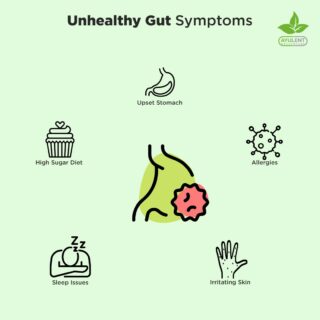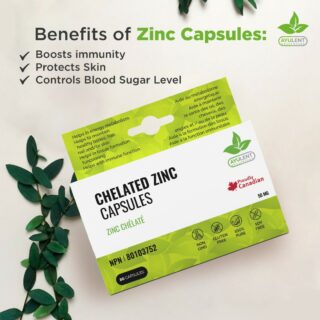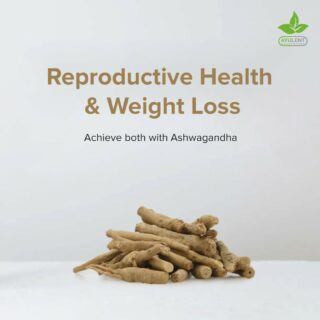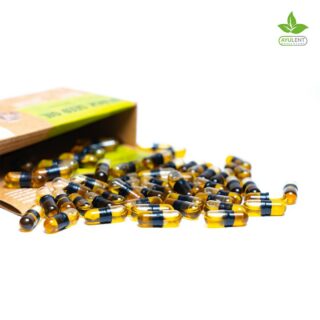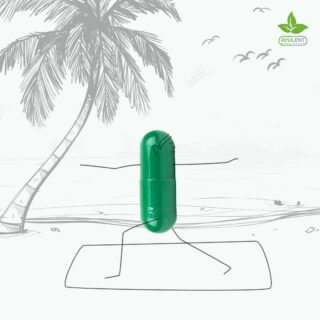
Facts about Fiber
By: Ayulent Healthcare
Dietary fiber found in fruits, vegetables, whole grains, and legumes is known for its ability to prevent and ease constipation. Foods containing fiber also offer other health benefits, such as maintaining a healthy weight and reducing the risk of diabetes, heart disease, and some cancers. To figure out how much Fibre you need, take foods that contain fiber and add them to meals and snacks.
Fibre, also known as Fibre or bulk solids, contains parts of plant-based foods that the body can’t digest or absorb. In general, fiber is a plant material that cannot be easily broken down in the human digestive tract. Fiber is found in plant foods such as fruits, vegetables, nuts, beans, seeds, and whole grains. Dietary fibers are non-digestible vegetable carbohydrates that are contained in the cell walls of all plant parts. It passes through the human digestive tract intact and has little calorie value. Fiber is insoluble in Fibre and acts like a sponge that can absorb up to 15 times as much water as its weight, making people feel better.
Oats, peas, apples, beans, barley, citrus fruits, and carrots are good sources of soluble fiber. Fiber is also helpful in maintaining a healthy digestive system, blood sugar, and weight. Fibre regulates the body’s sugar consumption, keeping hunger and blood sugar at bay. Good sources of insoluble fiber are whole grains, legumes, fruits, and vegetables. Insoluble fibers are found in whole wheat flour, whey, nuts, beans, cauliflower, green beans, and potatoes. Soluble fiber helps to transport material through the digestive system and replenish the stool, which can benefit sufferers of constipation.
Soluble fibers, when dissolved in water, help to lower glucose levels and blood cholesterol levels. Soluble fiber maintains the body’s sense of satiety and satiety for long periods, which is another reason why foods rich in soluble fiber are recommended for weight control. Soluble Fibre dissolves in water and forms a gel that slows the absorption of sugar and fat from the blood, helping to maintain healthy blood glucose and cholesterol levels. Soluble fiber foods include oatmeal, nuts, beans, lentils, apples, and blueberries. Insoluble fibers that do not dissolve in water help foods move faster through the digestive system, promote regularity and prevent constipation.
Insoluble fibers found in foods such as whole grains, bran, whole grains, nuts, and legumes do not absorb water. As the main part of the stool, it helps food move through the body and promotes regularity, an important aspect of well-being. Foods with insoluble fibers are wheat (wholemeal bread), whole grains (couscous, brown rice), legumes (carrots, cucumbers, tomatoes, etc. The more Fibre a person ingests in their diet, the more water they need to keep the Fibre circulating through the digestive tract. If you don’t eat enough Fibre every day, you may need to increase your intake. For example, if a person consumes more than 50 grams of Fibre per day, he or she may suffer from diarrhea and flatulence, which can affect the absorption of other minerals by the body.
The American Dietetic Association recommends eating between 20 and 35 grams of Fibre a day. However, it is estimated that less than 5% of Americans consume the recommended amount of Fibre every day. On average, Americans consume 15 grams or less of Fibre a day, which is less than the recommended amount.
According to the National Academy of Sciences and the Institute of Medicine, the recommended daily intake for men is 38 grams of Fibre and 25 grams for women over 50. Numerous studies have shown a link between dietary Fibre intake and heart health. Participants who ate a high-Fibre diet had a 40% lower risk of heart disease in one study.
Dietary Fibre improves digestion, which can help lower the risk of heart disease, diabetes, and cancer. Dietary Fibre in nuts, seeds, and cereals has been shown to lower cholesterol by lowering low-density Fibre-related lipoprotein (bad cholesterol) and reducing blood pressure and inflammation.
Fiber may not seem like a sexy topic (think of the Metamucil commercial), but it is a crucial part of a healthy diet. Fiber helps us stabilize our blood sugar levels, control our weight, feel full after meals, and keep our colon happy. According to the Dietary Guidelines 2020-2025 for Americans, most people can meet their daily Fibre requirements.
Some of the high fiber foods apart from vegetables and fruits are whole grains, seeds, nuts, and legumes. High-fiber foods tend to take longer and are less energy-dense, meaning they contain fewer calories in the same amount of food. They also tend to be more filling than low-fiber foods, so you are more likely to eat less and stay satisfied.
Fruits, vegetables, beans, and whole grains are a blend of naturally occurring Fibre that covers a range of health benefits. They are rich in nutrients and phytochemicals and low in sugar and sodium. By moving towards a more varied diet with lots of plants, you are on the right path to increasing your fiber intake.
The Chan School of Public Health has shown that evidence that high Fibre intake reduces breast cancer risk suggests that fiber intake is important in adolescence and early adulthood. Women who consume high-fiber foods such as vegetables and fruit in adolescence and young adulthood have a lower risk of breast cancer than those who consume less fiber in their younger years. By doubling their Fibre intake, low-Fibre people reduce their risk of colorectal cancer by 40%.
A good source of Fibre is foods that contain at least 3 grams of Fibre per serving. Foods with at least 5 grams of Fibre per serving are an excellent source of fiber.




